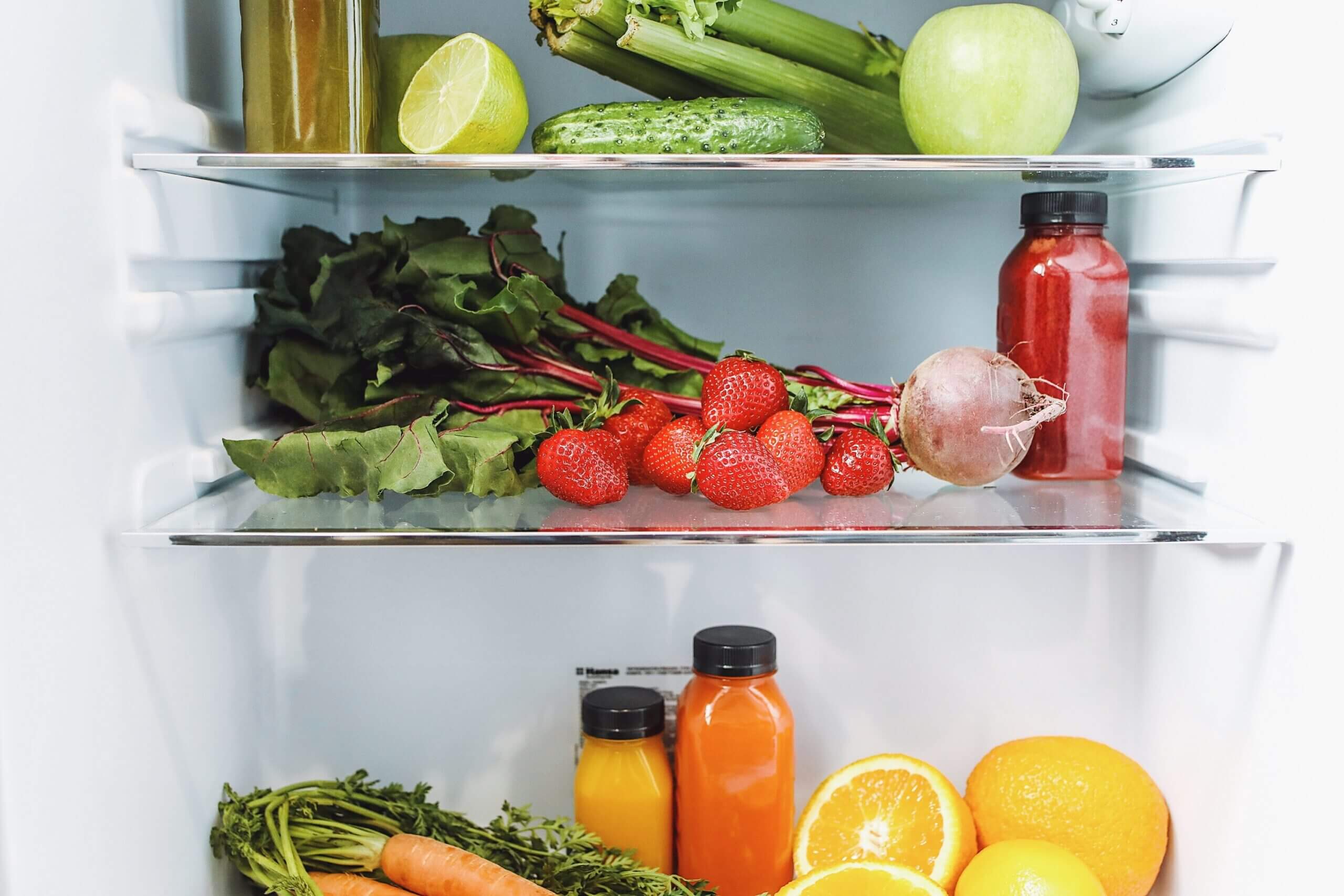Mouldy food in your fridge? here’s what you should do

Shortages in preservative carbon dioxide and lorry drivers have cause general upset. It also has a direct effect on fresh produce on store shelves. So, it’s time to think about what you should do with the mouldy food in your fridge, and which kinds are edible.
The Sun provides a list of foods that are susceptible to moulding, along with advice from food safety consultant Jill Taylor. Bacteria such as listeria pose the real threat to health, not mold. Potentially harmful bacteria are ones you can’t smell, taste or see, the expert explains.
Fruit and vegetables
Root vegetables such as carrots, parsnips, and cabbages have low moisture and high acidity levels, making it more difficult for mold to penetrate their surface. In this case, discard the mouldy part, and eat the rest.
The same goes for most fruits. If there is some mold on the surface of an apple, pear, or peach, you don’t need to chuck the entire fruit.
Warning: Gill says be careful of green potatoes, “because the green is the poisonous substance solanine, which will harm your body if you eat it.”
Hard cheeses
When cheeses such as cheddar and Parmesan mould, they usually do not penetrate the surface. All you have to do is cut at least an inch around the mouldy part, without touching it with the knife.
Jill pointed out that this only applies to fluffy white mold. If the mouldy parts are pink, blue, or green; or if the cheese is slimy, discard it immediately.
Warning: Soft cheeses, including cream cheese spreads, should be discarded after fluff appears on their surface.
Dried meat
Dried meats such as beef salami have mold and bacteria added to them as part of the curing process. Therefore, the whole piece of salami will not be affected by the surface-level mold.
“For regular preserves, such as cold roasted chicken or beef, if there is any sign of mold, throw it in the trash,” the Sun reports.
Bread
If the bread is too mouldy and damp, it may contain dangerous bacteria. But if there are only spots of mold then it won’t harm you, Gill said. (generic xanax .25) Mold usually forms on the crust first, so you can cut out the moldy part and use up the rest.
Jam
According to Gill, as long as the jam isn’t low in sugar, it’s okay to eat it after you find the moulding. Jam contains high levels of sugar that prevents the growth of bacteria and mold. Any mould on jam is probably from someone sticking their finger in it, or putting a knife in it that’s got crumbs or butter on it,” she said.
Warning: Nuts and grains
Aspergillus is a common mold in peanuts and peanut butter. It may produce toxins that cause liver cancer or other diseases. Try not to eat peanut butter after its “Best Before” date, because aspergillus is not killed by cooking.
Source: The Sun
Read More: News of low meat supply threat in the UK
ShortURL ⬇








